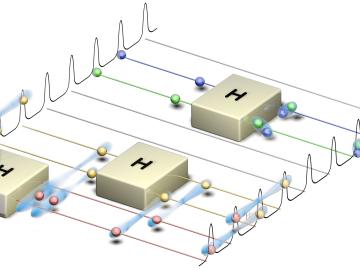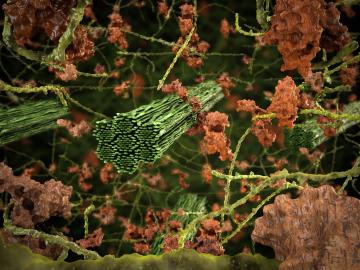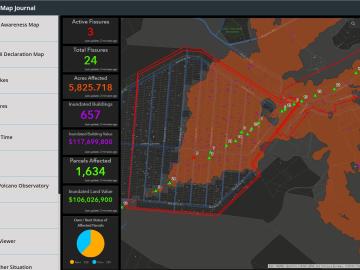Filter News
Area of Research
- (-) Supercomputing (24)
- Advanced Manufacturing (2)
- Biological Systems (7)
- Biology and Environment (1)
- Building Technologies (2)
- Clean Energy (40)
- Climate and Environmental Systems (1)
- Computational Biology (3)
- Energy Frontier Research Centers (1)
- Energy Sciences (2)
- Fossil Energy (1)
- Fuel Cycle Science and Technology (1)
- Materials (38)
- National Security (1)
- Neutron Science (20)
- Nuclear Science and Technology (10)
- Nuclear Systems Modeling, Simulation and Validation (1)
- Sensors and Controls (1)
- Transportation Systems (2)
News Type
Media Contacts


Seven researchers from the Department of Energy’s Oak Ridge National Laboratory have been chosen by the Innovative and Novel Computational Impact on Theory and Experiment, also known as INCITE, program to lead scientific investigations that require the nation’s mo...


Scientists from the Critical Materials Institute used the Titan supercomputer and Eos computing cluster at ORNL to analyze designer molecules that could increase the yield of rare earth elements found in bastnaesite, an important mineral


The US Department of Energy’s Oak Ridge National Laboratory is once again officially home to the fastest supercomputer in the world, according to the TOP500 List, a semiannual ranking of the world’s fastest computing systems.

In an effort to reduce errors in the analyses of diagnostic images by health professionals, a team of researchers from the Department of Energy’s Oak Ridge National Laboratory has improved understanding of the cognitive processes

The U.S. Department of Energy’s Oak Ridge National Laboratory today unveiled Summit as the world’s most powerful and smartest scientific supercomputer.

Scientists at the Department of Energy’s Oak Ridge National Laboratory are the first to successfully simulate an atomic nucleus using a quantum computer. The results, published in Physical Review Letters, demonstrate the ability of quantum systems to compute nuclear ph...
Scientists at Oak Ridge National Laboratory have conducted a series of breakthrough experimental and computational studies that cast doubt on a 40-year-old theory describing how polymers in plastic materials behave during processing.




